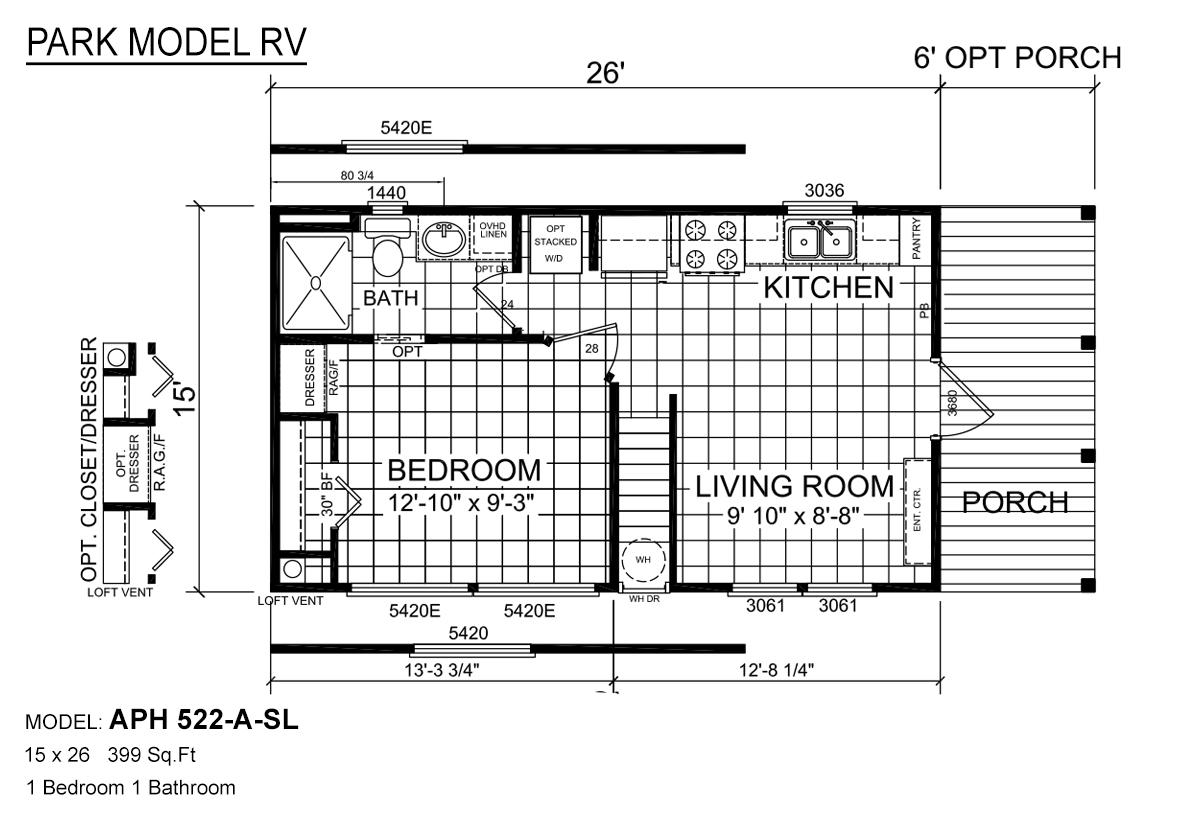

People visit entertainment districts, have fun, then go away and do something else. Over the past decade the installation of large entertainment uses, such as minor league baseball stadiums, in downtown cores has emerged as a major trend in urban revitalization. Create places for people, not just tourists Success of these places, however, depends on the intensity and density of people and uses to support them. We need to design places that act as great backdrops and platforms, open-ended spaces where life can happen. The rest of the park is a mix of programmed space and recreation but still leaves lots of room for the user to fill in. These attractions work because they’re inviting and engage the public but also because they offer a big platform for human activity. But we shouldn’t forget that often the most successful open spaces in the public realm are flexible, open-ended places where the users define their experience.Ĭhicago’s Millennium Park has Anish Kapoor’s Cloud Gate (“The Bean”) and Jaume Plensa’s Crown Fountain, and it draws tens of thousands of people. Of course, there are highly designed spaces that are attractive, interesting, and successful. However, great design and thoughtful attention to detail will elevate a good open space to one that is iconic and beloved. The connections between the public space, people, and context are often more important than the design of the space itself. Are they embedded in the city’s fabric and surrounded by uses that will give them life all day long?.Are they inviting and accessible to all people?.Are they intuitive and comfortable to use?.It often comes down to a few key principles: Thoughtful design can make or break public spaces in urban cores.


Make it intuitive, comfortable to use, and connect it Limited but packed open space is a better indicator of community strength than larger tracts of underused space. This sense of ownership over the public realm ensures that people will occupy it, use it, keep an eye on it, and make sure it is maintained. How do we create the right spaces for the community? Where do people live and what’s available there? How will the open spaces reflect their community and culture? We need to create spaces that the diversity and density of population will support.Īll successful open spaces instill a sense of ownership and passion in the people that live or work nearby. The idea of big open or green space can be attractive.īut we shouldn’t judge parks or plazas on size alone, we should look at equitable access. Think about equity and sense of ownership. It’s not just a street: it’s a linear park, a critical piece of infrastructure, and a catalyst for future development.

Adding to the complexity, we had to redevelop this industrial artery to perform significant stormwater management. We simply cannot afford single-use infrastructure or single-use places anymore.įor our recent revitalization of Brighton Boulevard in Denver, Colorado, the design team was challenged to create a place that could stand on its own as a neighborhood amenity providing comfortable space for biking, walking, resting, and observing while also fulfilling its role as a major freight corridor. Our ever-diminishing municipal budgets have proven that every design intervention must do more than one thing. Though many of these installations are temporary, they have a lot to teach us and should influence the way we design streetscapes going forward. In urban cores around the world, communities undertook reclamation experiments that created momentum in this direction and showed people the hidden potential in streets. They present an opportunity for us to reclaim space for recreation, wellness, and social connection―not just getting around. City streets are our largest untapped resource of publicly owned space.


 0 kommentar(er)
0 kommentar(er)
